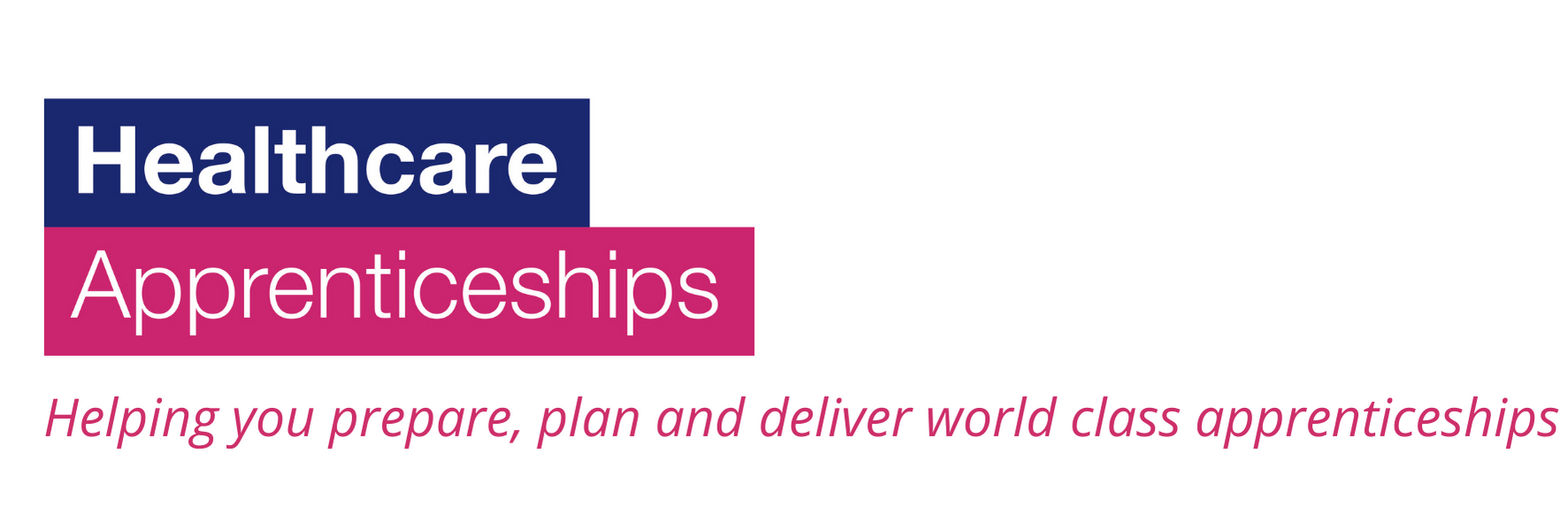Overview
In the observation with questions, an independent assessor observes the apprentice in their workplace and asks questions. The apprentice completes their day-to-day duties under normal working conditions. Simulation is not allowed. It gives the apprentice the opportunity to demonstrate the KSBs mapped to this assessment method.
Rationale
This EPA method is being used because:
- this is a practical role, best demonstrated through completing activities in a real work setting
- observation makes use of employer resources and equipment, which will be familiar to the apprentice and thus allow them to perform at their best •
- questioning allows for the assessment of the breadth and depth of underpinning knowledge against the grading descriptors
- tasks completed during the observation should contribute to workplace productivity and are valid
- it is a holistic assessment method.
Delivery
The observation of practice with questions must be structured to give the apprentice the opportunity to demonstrate the KSBs mapped to this assessment method to the highest available grade.
An independent assessor must conduct and assess the observation of practice with questions.
The independent assessor must only observe one apprentice at a time to ensure quality and rigour. They must be as unobtrusive as possible.
The EPAO must give the apprentice 2 weeks’ notice of the observation with questions.
The observation must take 1.5 hours.
The independent assessor can increase the time of the observation with questions by up to 10%. This time is to allow the apprentice to complete a task or respond to a question if necessary.
The observation with questions cannot be split, except for comfort breaks or to allow the apprentice to move from one location to another. Such breaks will not count towards the total observed time.
The EPAO must manage invigilation of the apprentice during the assessment, to maintain security of the EPA, in line with their malpractice policy. This includes breaks and moving between locations.
The independent assessor must explain to the apprentice the format and timescales of the observation with questions before it starts. This does not count towards the assessment time.
The independent assessor should observe the following during the observation:
- Working to protocol
- Providing services
- Communication and information governance
- Teamwork
- Health, safety and security
These activities provide the apprentice with the opportunity to demonstrate the KSBs mapped to this assessment method.
The independent assessor must ask questions. Questioning can occur both during and after the observation.
The purpose of the independent assessor’s questions will be to explore the apprentice’s knowledge and understanding. The independent assessor will ask at least one question against each grading theme.
The time for questioning is included in the overall assessment time. The independent assessor must ask at least 4 questions. To remain as unobtrusive as possible, the independent assessor should ask questions during natural stops between tasks and after completion of work rather than disrupting the apprentice’s flow. The independent assessor must use the questions from the EPAO’s question bank or create their own questions in line with the EPAO’s training. Follow-up questions are allowed where clarification is required.
The independent assessor must ask questions about KSBs that were not observed to gather assessment evidence. These questions are in addition to the above set number of questions for the observation with questions and should be kept to a minimum.
The independent assessor must make the grading decision. The independent assessor must assess the observation and responses to questions holistically when deciding the grade.
The independent assessor must keep accurate records of the assessment. They must record:
- the KSBs observed
- the apprentice’s answers to questions
- the KSBs demonstrated in answers to questions
- the grade achieved
Assessment location
The observation of practice with questions must take place in the apprentice’s normal place of work for example, their employer’s premises or a customer’s premises. Equipment and resources needed for the observation must be provided by the employer and be in good and safe working condition.
Questioning that occurs after the observation should take place in a suitable environment, for example a quiet room, free from distractions and influence.
Question and resource development
The EPAO must develop a purpose-built assessment specification and question bank. It is recommended this is done in consultation with employers of this occupation. The EPAO must maintain the security and confidentiality of EPA materials when consulting with employers. The assessment specification and question bank must be reviewed at least once a year to ensure they remain fit-for purpose.
The assessment specification must be relevant to the occupation and demonstrate how to assess the KSBs mapped to this assessment method. The EPAO must ensure that questions are refined and developed to a high standard. The questions must be unpredictable. A question bank of sufficient size will support this.
The EPAO must produce the following materials to support the observation of practice with questions:
independent assessor assessment materials which include:
- training materials
- administration materials
- moderation and standardisation materials
- guidance materials
- grading guidance
- question bank
EPA guidance for the apprentice and the employer
The EPAO must ensure that the EPA materials are subject to quality assurance procedures including standardisation and moderation.


